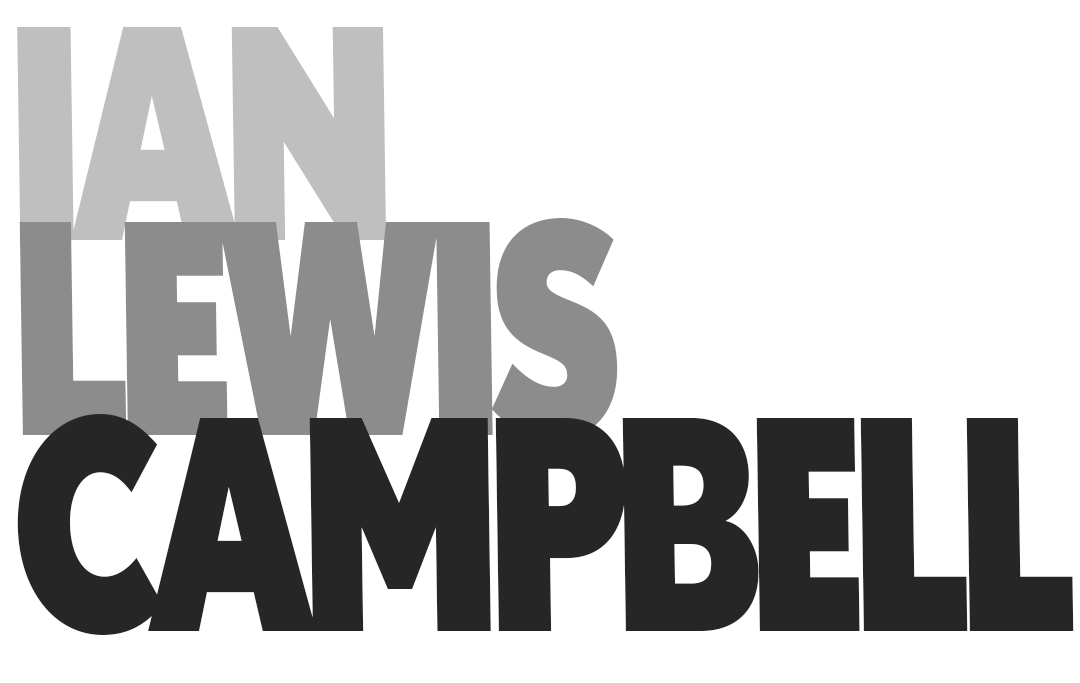Leadership As A Gift
A New Model for Creative Direction
There is a cliché horror story in our creative industry: the tyrannical Creative Director throwing work in the trash, yelling across the room, stomping around the office, perpetually unsatisfied. It's a caricature in movies, TV shows, and sadly, in too many real-world agencies. The CD as judge, jury, and executioner. This is a type getting recycled despite its obvious flaws.
Today, the nature of our whole world is changing this tired approach.
Yes, hierarchies still exist on paper, but they've been fractured, flattened, reduced. For those of us fortunate enough to hold Creative Director titles, judgment alone can no longer be our purpose or method. We aren’t the tastemakers of yesterday. We are hardly keeping up with the tide of content being created by those without “creative” skillsets. The market is too tumultuous, projects come and go—won, lost, paused, restarted—and resting on an outdated way of working is no longer, well, working. And truthfully, our jobs aren’t sacred anymore.
In today and tomorrow’s agencies, creative leadership isn't about getting your way. It's about guiding the way.
The old model: harsh, critical, controlling, explosive, demanding, industrial, and impossible. It meant imposing a vision through force, shutting down ideas, and treating creative exploration—aka failure—like a weakness. This approach created environments where people learned to anticipate criticism rather than pursue innovation. Creatives would second-guess ideas, constantly looking over their shoulders instead of pushing boundaries.
Guiding the way operates from an entirely different premise. It assumes the best ideas emerge from collective exploration and risk taking, not individual decree. It creates space for unexpected connections, for growth, discovery, and transformation. Failure is allowed. Guiding gives birth to the kind of productive messiness leading to breakthrough work. Instead of narrowing possibilities, it expands them. Instead of demanding compliance, it cultivates capability.
I aspire to this way of creative direction. My way of describing this role of a creative direction today is: non-authoritarian collaborative leadership.
Non-Authoritarian
This shift away from authoritarian creative leadership aligns with the natural creative process itself. There's an inherent messiness in how ideas develop. They don't follow a linear path from conception to completion—they dip, rise, encounter obstacles, and transform. An authoritarian leader who demands straight lines and preconceived outcomes fundamentally misunderstands how creativity works.
Creative work involves a delicate balance between ideas, exploration, and reality. The traditional Creative Director too often positions themselves as the guardian of reality, the one who must rein in ideas. This creates an adversarial relationship with discovery. Non-authoritarian leadership recognizes these creative forces need to work in harmony, not opposition.
When we embrace a non-authoritarian approach, we understand creative work isn't about an idea of perfection but about how all the elements come together to create something greater. Non-authoritarian leadership means acknowledging our own creative limitations. My unconventional path to creative leadership—through farm fields and construction sites—taught me how growth and building require patience, nurturing, and respect for natural processes.
Collaborative
The "director" in Creative Director is misleading. The role isn't about directing so much as facilitating, mentoring, finding, inspiring, leading, shifting, recovering, and making the entire process feel like it's on rails, has direction. The title is a sleight of hand covering what's really happening, a deliverable for clients more than a job description.
Collaboration entails recognizing creative work follows its own natural rhythm, like seasons changing. There's a time for growth and a time for pruning back and can't be forced into the linear timelines project managers crave. When we collaborate authentically, we honor these rhythms instead of fighting against them. Even the project managers are happy.
The collaborative spirit is essential. Non-authoritarian leaders create space for collective creativity. In our modern creative landscape, we're not just collaborating with each other but with our audiences too. The most successful collaborations recognize creativity isn't just what we make, but also what people do with it once it's released into the world.
Leadership
The most effective creative leaders understand that the real power lies in presence, not control. True leadership acknowledges the creative process will always change, shift, and bend. Initial progress often dips low as we struggle with complexity and doubt.
Leaders don't panic during this dip or try to artificially accelerate through it. Instead, they trust the process, creating space for the necessary destruction that precedes creation. They recognize negative momentum is often building the potential energy needed for a breakthrough.
Creative leadership requires a certain comfort with discomfort. The unknown, the uncertain, the unfinished—these are the territories where innovation happens. Effective creative leaders protect the team's ability to explore, stumble, reconsider, and evolve. They translate between the language of business (with its straight timelines and clear deliverables) and the language of creativity (with its meandering paths and unexpected discoveries).
The end of this process is a paradox: give up leadership to get it. Leadership becomes not something you possess but something you release—and in that release, it returns to you transformed.
Beyond Authority
Non-authoritarian collaborative leadership follows a different path and leads to a different result. Yes, the deliverables will still be social content, video, print, digital - whatever the brief states. But the work will be more open, unique, calm, non-destructive, non-extractive, non-colonial.
The outcome won't demand attention; it will invite and engage. And in this approach, it will be more capable of reaching people.
This is the goal, after all, from the very beginning: to reach people.




